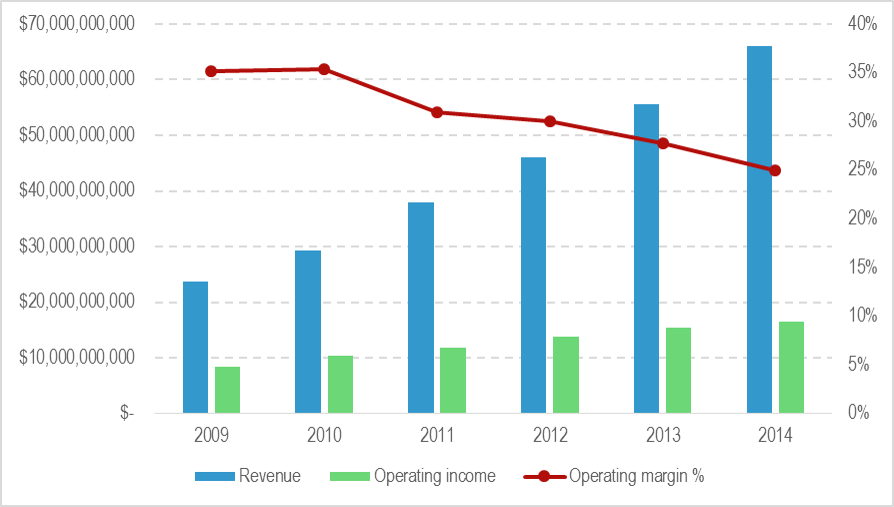
Inside the cloud-native telco
Telcos are getting moving with cloud-native. We have asked executives at seven such telcos about the process and what it has meant for their organisations, skills requirements and ways of working.


Telcos are getting moving with cloud-native. We have asked executives at seven such telcos about the process and what it has meant for their organisations, skills requirements and ways of working.

Telcos and policymakers need new metrics to power evidence-based decisions. New tools and data sources can help build greater understanding and transparency in telecoms.

Telecoms is too important to leave up to traditional fixed and mobile operators. Thanks to the “democratisation” of shared spectrum, virtualised networks, fibre and cloud – plus the demands of industry, government and local communities – a plethora of new service providers are emerging to fill the gaps. This report is intended as a “spotter’s guide” to the categories of network owners and operators.

How can multiple access technologies (4G, 5G, Wi-Fi, fixed line) be used together to deliver a resilient, optimised and consistent experience of network quality and coverage? An introduction to the landscape, opportunities and challenges in providing a single user experience across multiple networks.

The advent of 5G and network slicing offer the prospect of a shake-up of the structure of wholesale and MVNO models. What should telcos, regulators, current MVNOs and potential new MVNOs do?

Network Slicing is a way to run multiple networks on one infrastructure. In theory, it could mean that telcos could run mobile broadband and IoT networks over the same physical network, and also offer greater agility within those networks. We explore the theory and its challenges, examine use cases, what would be needed to make it happen, and look at five business case scenarios.

How will getting into the MVNO business help Google shore up its business model? We examine Google’s objectives, how it could price the service, and the implications for telcos and other players.

Vodafone 360 was meant to be a new, social-network centred approach to managing the customer interface. Unfortunately, it was also bug-ridden and dogged by a lack of clarity of purpose. Now, its availability on Android Market and iTunes may create a strategic opportunity for Vodafone to access more customers. (August 2010)